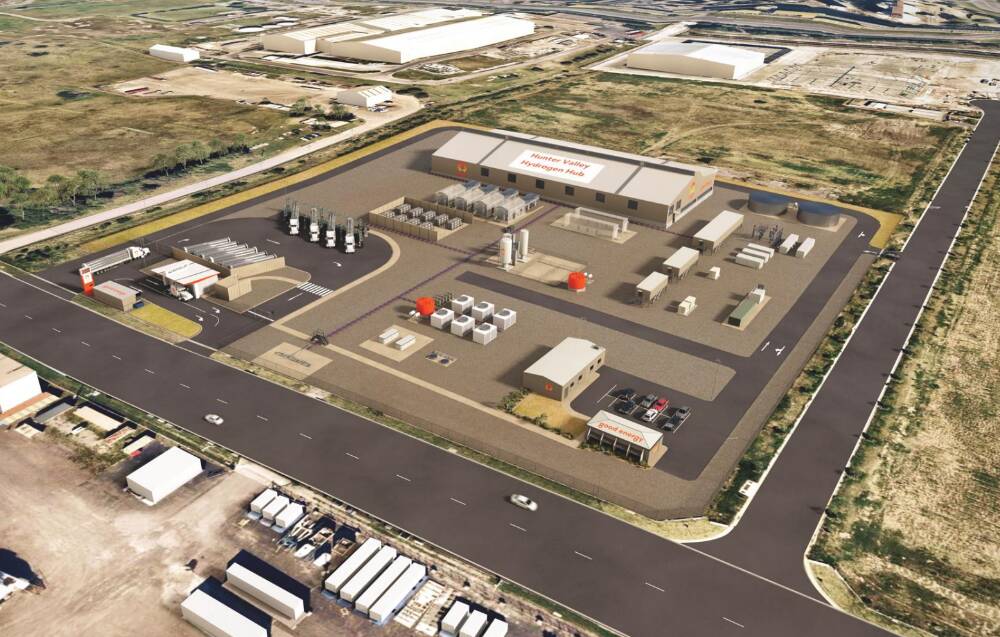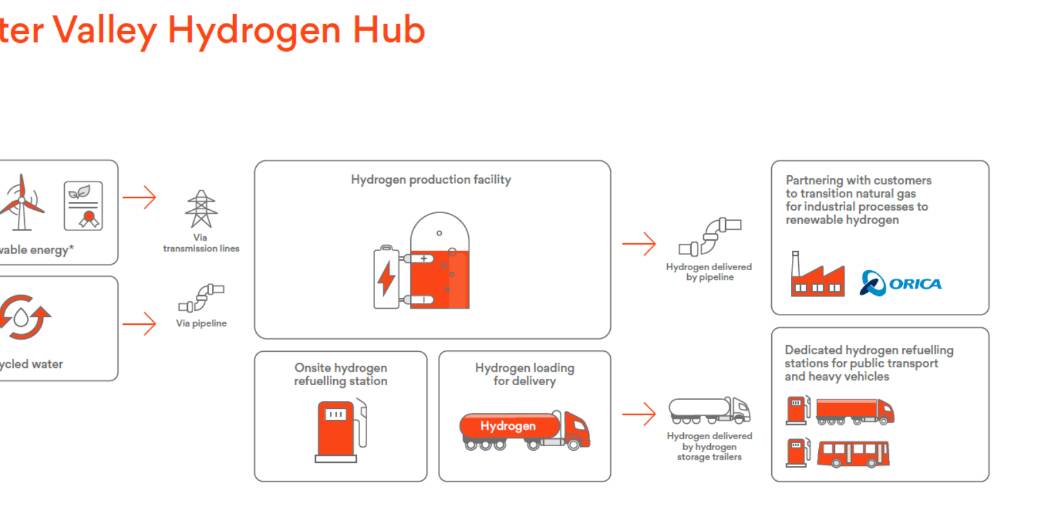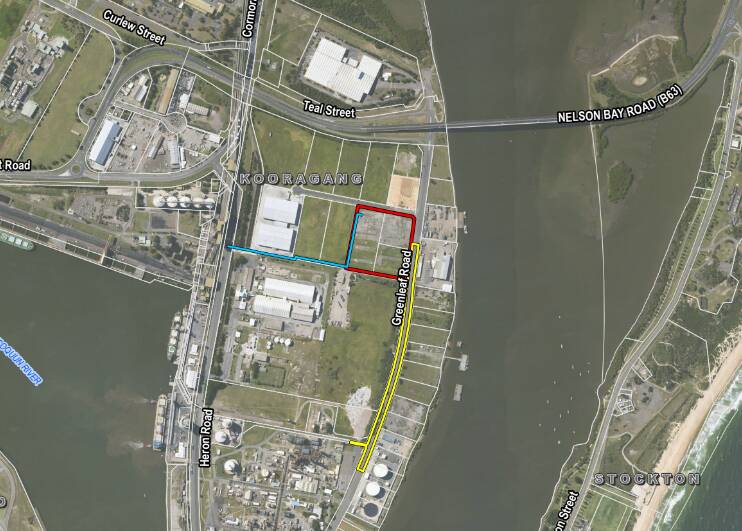Origin Energy has released its environmental impact statement for the Hunter Hydrogen Hub - Australia's largest hydrogen project to date.
The project, to be located on Kooragang Island, will be situated adjacent to Orica's ammonia and ammonium nitrate site.
It will use a 60-megawatt electrolyser to produce up to 5500 tonnes of renewables-based hydrogen per year.

The fuel will help eliminate carbon emissions at Orica's site and will also provide carbon-free fuel for buses and heavy trucks.
It is expected that the project, which is separate but complementary to the Port of Newcastle's clean energy precinct, will be scaled up over time.
"As one of Australia's first hydrogen hubs, the project aims to help NSW activate the hydrogen industry, assist in meeting decarbonisation targets, work closely with industry to support innovation, enable growth and help lower the cost curve as the hydrogen economy matures," the Environmental Impact Statement says.

The Federal Government has invested $70 million in the project, which will commence operations in 2026.
The NSW government has also provided $13.06 million and $25 million has come from the Clean Energy Finance Corporation.
It is expected that the hub will bring long-term positive social, environmental, and economic impacts for Newcastle and the wider region.
"The project would provide foundations to strengthen NSW's position as a major regional and international hydrogen supply chain and assist the activation and growth of low-emission industries," the EIS says.
The hydrogen production facility will be connected to the Kooragang Industrial Water Scheme.

It is anticipated the maximum rate of water supplied for any one day would reach 1.1 - 1.65 megalitres a day at full production.
"Final water demand volumes would depend on the ultimate electrolysis technology selected and would be within the supply capacity available from KIWS," the EIS says.
Orica chief executive Sanjeev Gandhi recently said the project would help the company to eventually replace natural gas at the Kooragang site.
"What we've done so far is we've eliminated 50 per cent of the carbon footprint of the site, the other approximately 50 per cent will happen as we scale green hydrogen into our energy mix," he said.
The project will remain on public exhibition until September 13.







